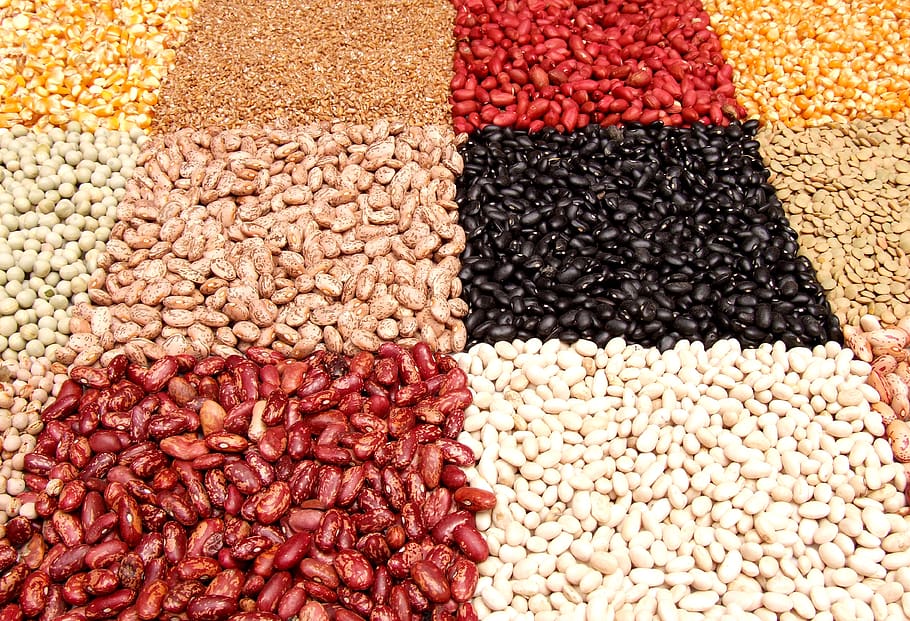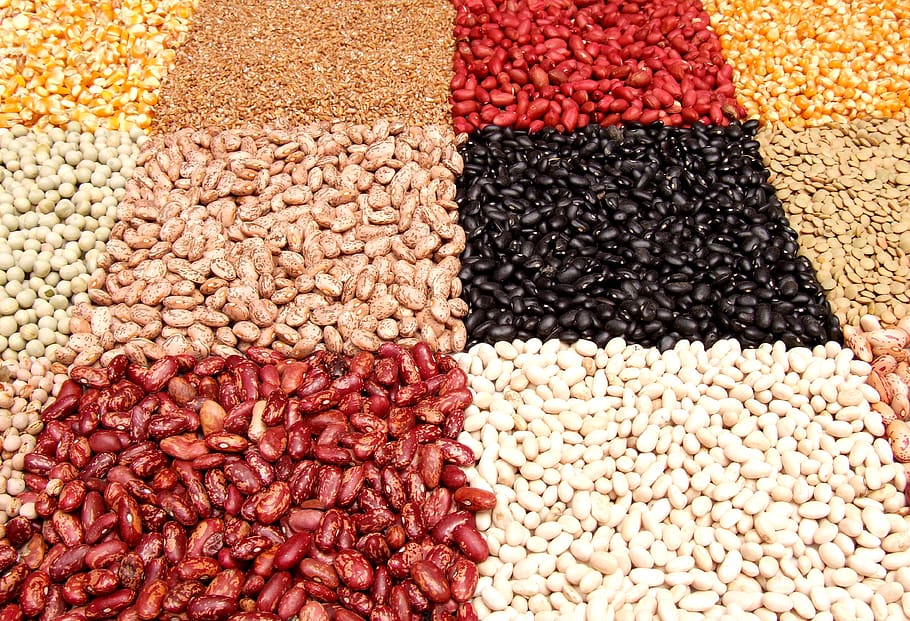
- Readers Rating
- No Rating Yet!
- Your Rating
Dietary fibre has very important physiological functions in our bodies. So, although it is not considered a “nutrient”, it is essential to include it in our daily diet. In this post we will take a good look at which foods are rich in fibre.
What is fibre?
To begin with, the concept of dietary fibre needs to be clarified. It is an edible part of plants that resists digestion and absorption in the human small intestine and undergoes partial or complete fermentation in the large intestine.
From a nutritional point of view, dietary fibre is not a nutrient, as it is not involved in basic metabolic processes in the body. However, it performs several very important physiological functions.
Dietary fibre is part of the structure of plants, so it is only found in plant foods such as vegetables, fruits, legumes and cereals. It is considered a complex carbohydrate and is divided into two types: insoluble fibre and soluble fibre.
- Insoluble fibre is made up of substances that retain little water and swell little. It can be found in foods such as wheat bran, whole grains, some vegetables and almost all cereals. Its main effects on the body are: to clean the walls of the intestine and increase the volume of faeces, reduce their consistency and transit time. In other words, it facilitates bowel movements and prevents constipation.
- Soluble fibre is made up of components that absorb a lot of water and are capable of forming viscous gels. It produces a large amount of gas in the intestine and coincides with the effect of insoluble fibre in that it increases the volume of the stool and reduces its consistency. It also slows down and reduces the absorption of fat and sugars from food, thus helping to regulate cholesterol and blood glucose. This type of fibre is found in legumes, cereals such as oats and barley, and some fruits.
Ideally, both types of fibre should be ingested in a 3:1 ratio, respectively, and in an approximate amount of 30-35 grams per day. It is also advisable to vary the sources of fibre and to combine it with an adequate intake of water.
Benefits of eating fibre-rich foods
The inclusion of foods rich in fibre in the diet can have certain advantages in preventing or alleviating various diseases such as:
- Constipation: dietary fibre increases stool volume by creating solid residue and absorbing water, resulting in bulkier and less consistent stools and speeding up evacuation.
- Diverticular disease: characterised by the appearance of small, glove-finger-shaped pouches in the walls of the colon called diverticula. It is a disease that increases with age as older people experience weakening of the intestinal wall and the pressure inside the colon facilitates the creation of these diverticula.
- Obesity: diets rich in fibre can help control this disease as they have fewer calories in the same volume of food and have the ability to slow down the absorption of sugars and fats ingested in other foods. They also make it easier to eat less of other foods due to their feeling of satiety.
- Colon and rectal cancer: in isolation, dietary fibre does not protect against these diseases. However, early epidemiological studies indicated that people with diets rich in fibre had a lower incidence of colon cancer. Although these studies are somewhat contradictory due to the diversity of components that make up dietary fibre, it is accepted that the beneficial effect lies in the overall diet. Vegetable consumption, reduced intake of fat and red meat and adequate micronutrient intake.
- Diabetes mellitus: a diet rich in fibre helps to improve glycaemic control through its ability to reduce hyperinsulinaemia and plasma lipid concentrations in type 2 diabetics.
- Hypercholesterolaemia: fibre intake reduces the absorption of fats and therefore cholesterol. It therefore prevents and promotes the treatment of diseases caused by high levels of cholesterol in the blood.
Contraindications of fibre intake
Fermentation of fibre by anaerobic bacteria in the colon has the potential to cause flatulence, bloating and pain in the colon. It is therefore recommended to adjust fibre intake to the recommended daily amount and to do so gradually, so that the gastrointestinal tract can adapt.
Foods richest in fibre
- Pulses: Pulses are the richest source of minerals, vegetable protein and, above all, fibre. Natural white beans are the winners, providing 7.7 grams of fibre per 100. Lentils are close behind, with 7.4 grams per 100. And green beans, for example, contain 3.2 grams of fibre per 100 of product.

- Nuts: Nuts are another of the best sources of fibre. They are notorious for their high calorie content, but they have many benefits if consumed in moderation. They are satiating, so they help the slimming process. About 100 grams of almonds provide about 12.5 grams of fibre. If they are walnuts, they will provide 6.7 grams, and peanuts, 8.4 grams per 100.
- Apple: apples and fruit in general have many beneficial nutrients for the body. An apple has, for example, 5.4 grams of fibre. A peach, 3.4 grams. A banana, 3.5 grams. And a water pear, up to 7.1 grams. However, it is advisable to consume the whole piece of fruit to be able to assimilate all this amount of fibre, as in the form of juice or smoothie its contribution is greatly reduced and the absorption of sugar in our organism increases.
- Citrus fruits: as well as being an excellent source of vitamins and sugars (beneficial when eating the whole fruit), they contain a good amount of fibre. A large orange has 4.4 grams, a grapefruit 3.7 grams and a mandarin Orange, 2.2 grams.
- Blueberries: these berries are famous for their antioxidant and cardioprotective effects. They also provide 2.4 grams of fibre per 100 grams of blueberries, and they are delicious!
- Tomato: tomatoes are a fruit that provides 1.1 grams of insoluble fibre, like cereals, per 100 grams of product.
- Carrot: it is a source of soluble fibre and provides 2.8 grams per 100 grams.
- Broccoli: in addition to being rich in calcium, broccoli provides 2.6 grams of fibre per 100 grams of product.
- Oatmeal: Oat flakes are ideal for replacing cereal at breakfast and provide around 8.4 grams of fibre per 100 grams of product.
- Green leafy vegetables: these include iceberg lettuce, which provides 1.2 grams of fibre per 100 grams; chard, which provides 1.6 grams; and spinach, which has 2.2 grams per 100 grams.
- Avocado: this fruit, famous for its healthy fats, also has both soluble and insoluble fibre. In one piece we can find up to 20.4 grams of fibre, almost the recommended daily fibre intake!
- Wholegrain cereals: this refers to brown rice, wholemeal pasta and even wholemeal bread, but not the typical breakfast cereals which, with a few exceptions, usually contain a lot of sugar.
